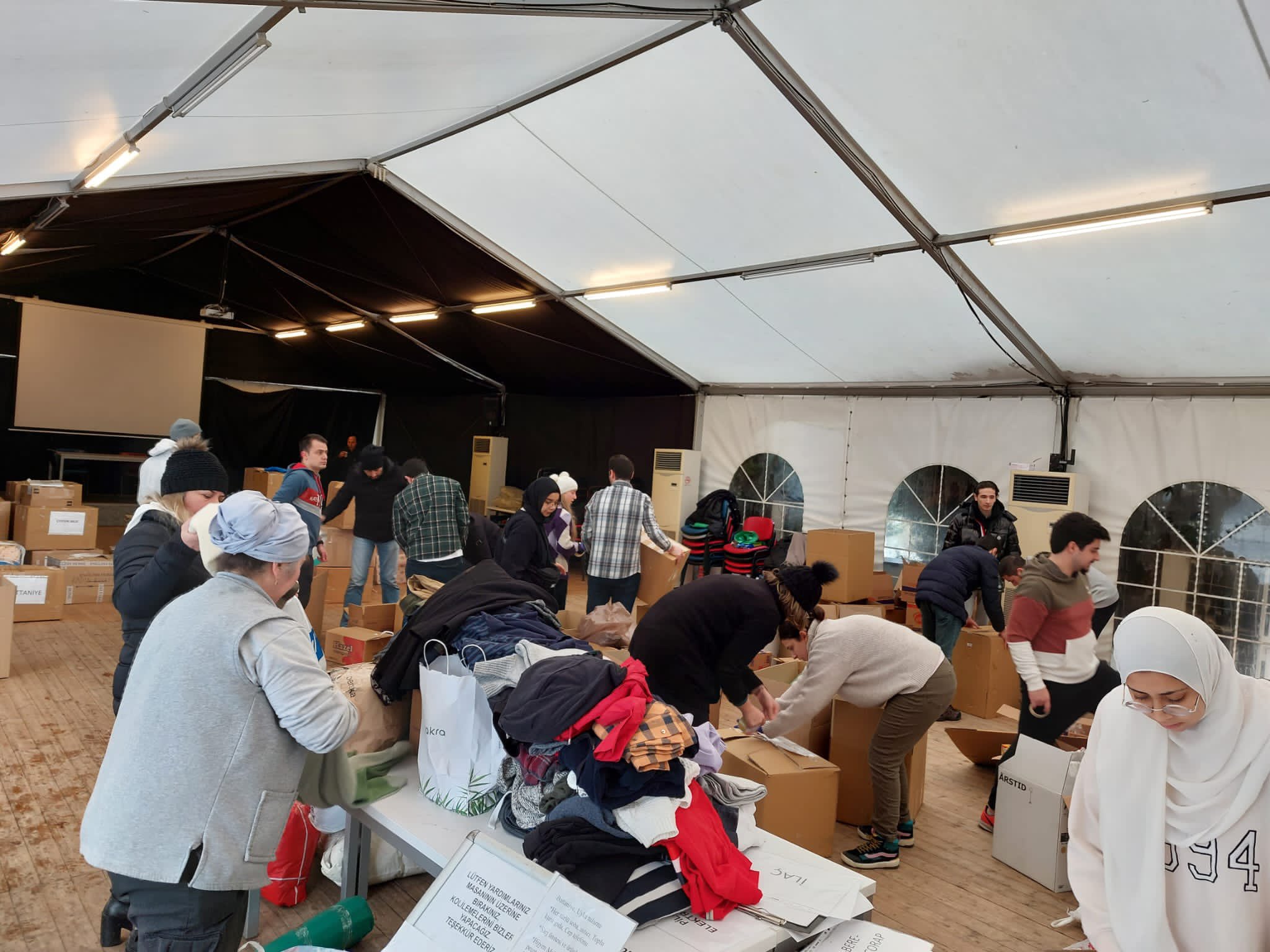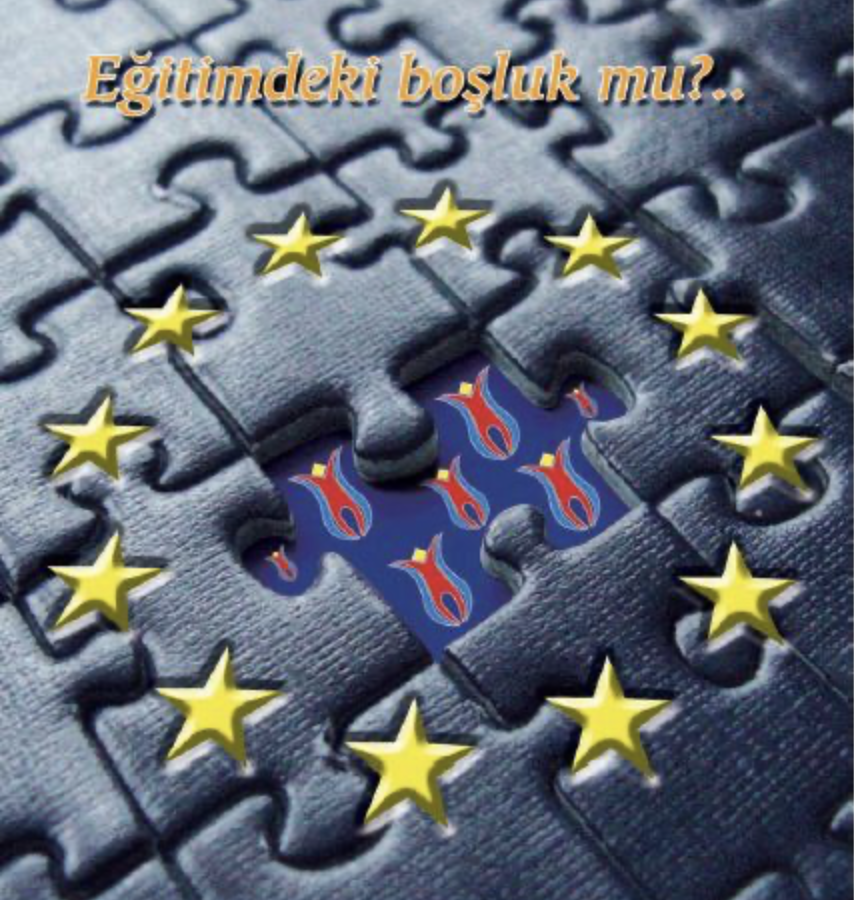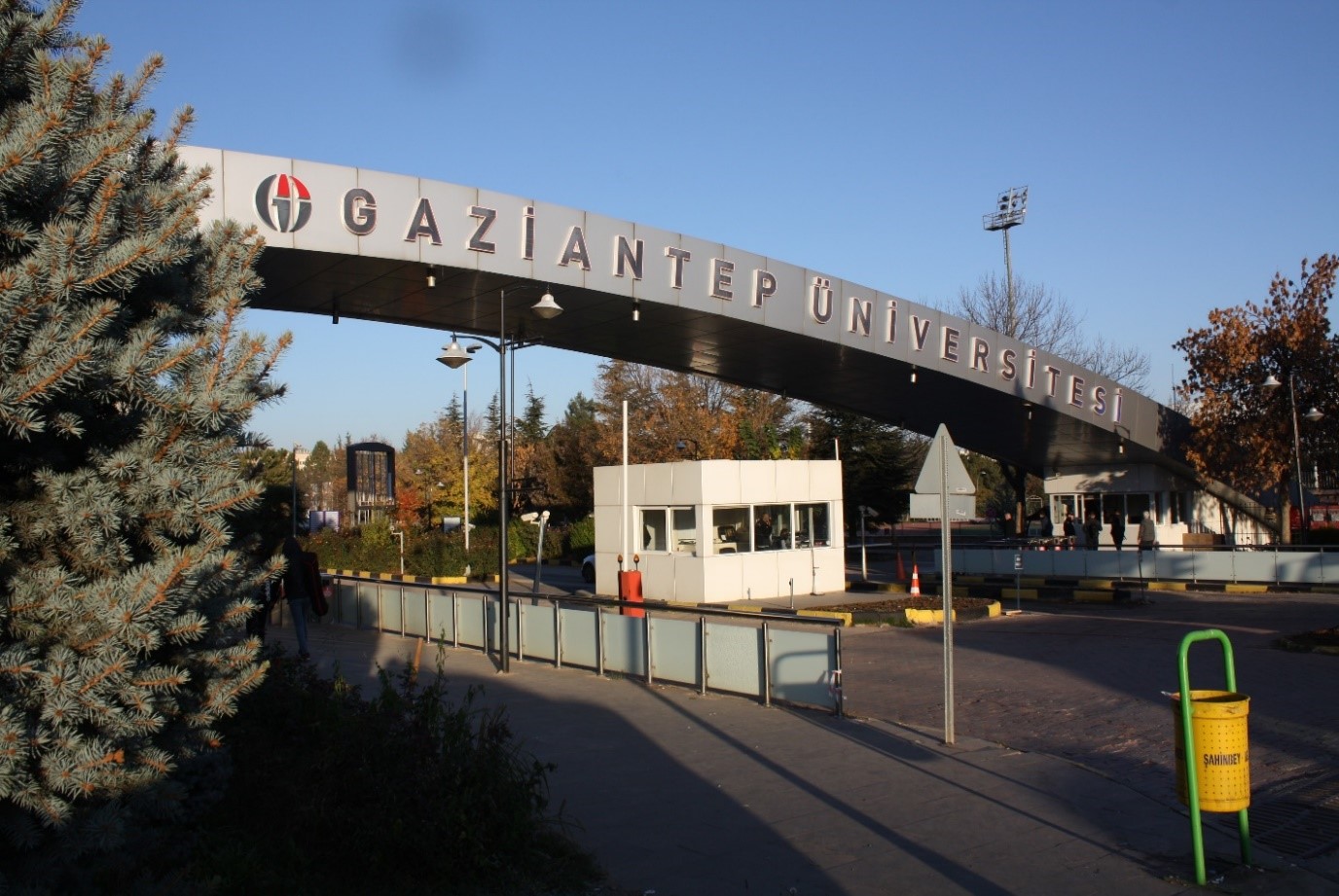The university community proved to be more important than ever when tragedy struck, Aslı Tunç explains
- This post is part of a special issue, Higher education during times of crisis in Türkiye
“Once you have been in an earthquake you know, even if you survive without a scratch, that like a stroke in the heart, it remains in the earth’s breast, horribly potential, always promising to return, to hit you again, with an even more devastating force.”
Salman Rushdie, The Ground Beneath Her Feet
As universities in Türkiye anticipated a pandemic-free 2022-23 academic year for students and staff returning to campuses to resume in-person education, our hopes were dashed by a devastating earthquake. On 6 February 2023, at 04:17, a 7.8 magnitude quake hit Kahramanmaraş and 10 other provinces, followed by a 7.5 magnitude aftershock near the initial epicentre. The tragedy claimed more than 50,000 lives and displaced countless people, who sought refuge in makeshift shelters and other temporary lodgings. Approximately 658,000 individuals faced unemployment and more than 300,000 structures sustained damage.
Having personally lived through a major earthquake in Istanbul in 1999, the news of this earthquake in the early morning of 6 February led to that feeling of helplessness against nature’s uncontrolled power resurfacing, even though far away from Istanbul this time. As the Vice-Rector of Istanbul Bilgi University, my first thought was: how could I get any news about my students who lived in the region? I tried to get general information about the damage from social media, but the news was scarce and misleading.
Then I started to receive dozens of messages in my family WhatsApp group, informing me that the building of my niece’s husband’s family had collapsed, and four members, including a child, might be trapped under the rubble in Antakya. Despite the weight of this personal tragedy, I had to rush to the university. Were there any academic or administrative staff affected by the earthquake? How was our students’ and their loved ones’ wellbeing? All my weekly schedules and assigned meetings had already been cleared. I stepped into crisis management mode.
Crisis and community
The focus swiftly shifted towards the broader university community’s safety and wellbeing. The initial task for the university’s administrative personnel was to promptly compile a comprehensive list of students and instructors whose registered addresses were near the affected area. Subsequently, dedicated efforts were made to establish communication with these individuals, aiming to gain a comprehensive understanding of the extent of human casualties. A substantial number of students faced the tragic loss of their families and loved ones coupled with the destruction of their residences. In the overall population of university students in the country, estimated to exceed four million, a notable proportion – approximately 377,000 students – lived within the affected region.
“Yet, through the shared experience of loss, a powerful sense of community emerged”
Emotionally, establishing communication with students proved to be challenging for me. I particularly remember calling a student from the region, who had not picked up the phone for a long time. As I was waiting for my call to be answered, I froze, shivered and feared that there might have been a tragedy on the other end. There were many difficult moments such as this one where I had to hold my tears and try to keep my composure. Talking to the students who had lost their closest family members, homes, and friends under the rubble was heart-wrenching.
Yet, through the shared experience of loss, a powerful sense of community emerged. Both students and faculty members of Istanbul Bilgi University willingly offered their services to participate in coordinating relief and rescue operations. Bilgi was ready to respond with its student clubs and psychological advising teams, as well as rapidly gathering rescue groups. Even before the university’s senior administration took action, these groups of students and staff were on their way to the affected area. Two days after the earthquakes, as I was scrolling through social media, I came across a picture that showed collapsed buildings, and in front of the debris, there was the Bilgi rescue team. The moment I saw the image, I remember feeling very proud and hopeful. In time, as members of the university governing team, we also actively facilitated student engagement in assisting the local community response to the calamity, emphasising the importance of our social duties as citizens.
 Students collect supplies to help those affected by the recent earthquake. Universities played an active role in the relief efforts. Image: Istanbul Bilgi University
Students collect supplies to help those affected by the recent earthquake. Universities played an active role in the relief efforts. Image: Istanbul Bilgi University
The role of social media
While we navigated the complexities of disaster response and the return to online education, as a scholar specialising in media studies I was intrigued by institutional communication strategies, during and in the aftermath of a natural disaster. The use of social media platforms, in addition to other communication channels, was deemed beneficial given that, during emergency situations, the dissemination of official, verified information plays a pivotal role. Although social media is characterised by its conversational nature, the institutional effort to disseminate timely and authoritative information to the public runs the risk of implicitly endorsing a linear communication model. Recognising these challenges and acknowledging the uncertainty generated by such a sudden disruption of our daily routine, we prioritised meeting the expectations of our students and staff to provide expert guidance.
The encounter proved to be a profoundly impactful and illuminating event in the realm of disaster management. As members of the academic community, including faculty, staff, and students, we have come to acknowledge our collective resilience in the face of adversity while collectively wishing that we had never witnessed such a tragic event.
Online learning – again
On 11 February, five days after the earthquake, President Erdoğan announced that universities would be conducting remote classes for the spring 2023 term. This decision aimed to allocate dorms owned by the state-run Credit and Dormitory Institution (KYK) to individuals affected by earthquakes. The move to implement online instruction in universities sparked a significant response on social media, with many expressing concerns about the potential exacerbation of trauma and feelings of isolation among university students who had already endured the impact of the earthquakes.
“We found ourselves thinking about the delicate balance between academic continuity and providing the necessary support to our university community”
Amid the discussions surrounding the transition to online education and the broader implications for student wellbeing, as the university governing body, we found ourselves thinking about the delicate balance between academic continuity and providing the necessary support to our university community. We set up seminars training academic staff how to address the theme of loss within their instructional settings. Once classes resumed online, some of our instructors dedicated a portion of their lecture time to engaging in discussions with students about the earthquakes, covering topics such as psychological impacts, phobias, and the importance of fostering a sense of community. Our hope was that the introduction of this act of compassionate education would bring students and staff together during the crisis.
However, the abrupt transition to online education once again highlighted the issue of the digital divide, which, in addition to the access gap, underlined that inequalities in the digital environment are a complex, dynamic, and multidimensional phenomenon. For example, in the aftermath of the earthquakes, displaced students moved in with relatives, where the crowded living conditions posed difficulties in maintaining focus during online lessons, even with a stable internet connection. Consequently, after classes resumed, our priorities shifted from managing pain and loss to emphasising the importance of education within the context of the digital divide.
_____________________________________________________________________________________________ This post is opinion-based and does not reflect the views of the London School of Economics and Political Science or any of its constituent departments and divisions. _____________________________________________________________________________________________
Main image: Istanbul Bilgi University




